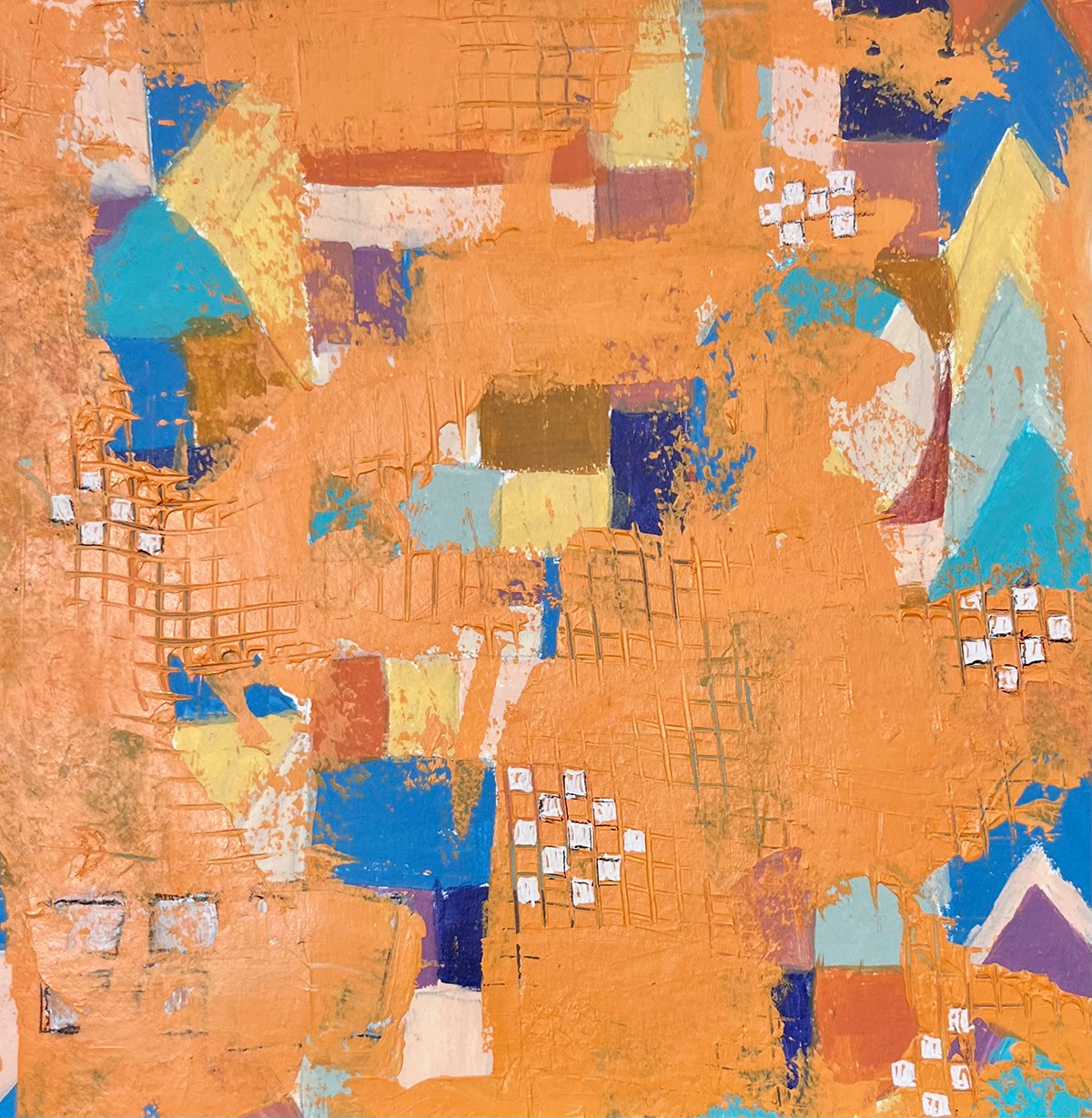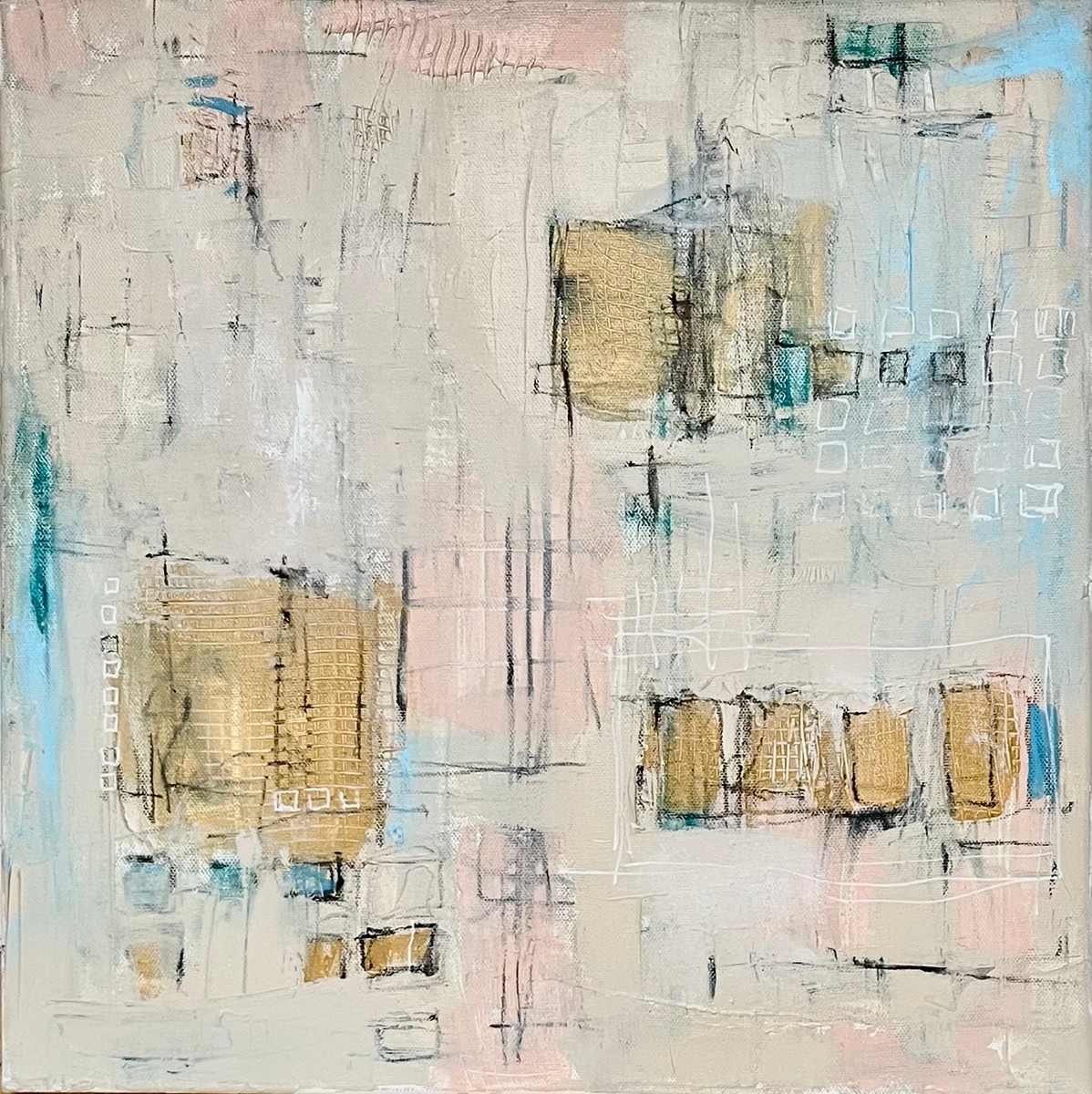We’re excited to introduce you to the always interesting and insightful Linda Turner. We hope you’ll enjoy our conversation with Linda below.
Linda, looking forward to hearing all of your stories today. Did you always know you wanted to pursue a creative or artistic career? When did you first know?
I knew by the end of high school that it was a toss up between cultural anthropology and visual arts. I have always loved both people and creating. I also love making a difference. It’s no wonder I first became a textile designer, with sketch books full of colorful abstract doodles starting in middle school. And then in high school, during moments of loneliness, making families of oddly drawn creatures on graph paper. Again, no wonder I eventually found my way to Art Psychotherapy, along with pursuing fine arts.
As it turned out, I had to live at home the first two years of college due to some major surgery. This enabled me to go to a local community college, where I got to take a wide range of liberal arts, including anthropology and art. Art was the winner, portfolio building began. I learned about textile design and couldn’t believe there was a way to make art and make a living. All I wanted was to draw and paint. Back then designers did just that. So I went to FIT (Fashion Institute of Technology) and had a wonderful creative first career before pursing a masters in Art Therapy at Pratt, which along with fine arts, I have been doing ever since.



Awesome – so before we get into the rest of our questions, can you briefly introduce yourself to our readers.
And, I create art, All of the Time. What a gift!
As a person who spends much time (gratefully) engaging and hopefully making a difference in my clinical work with others, art is a mirror of my very existence, a reflection of my internal world. It is also a way that I grapple with all that is happening in the world, as there’s so much with which to contend.
My work is most often abstract and influenced by pattern – reflecting both my history as a pattern designer and patterns in human behavior as well as social conditioning. It is a very personal language, rich with meaning even when not always obvious at first glance. And, if you spend a little time, there are layers and layers of history, rich textures, areas hidden, others pulled forth to reemerge, it is very much a reflection of life.
For many years I kept conversations about my work as a clinician/art psychotherapist separate from my self an artist. No longer; for me they are ever intertwined as the power of creativity, combined with trust in the process, developing skill and care, are integral to both.


Is there something you think non-creatives will struggle to understand about your journey as a creative? Maybe you can provide some insight – you never know who might benefit from the enlightenment.
As an Art Therapist I often meet with individuals who say they are “not creative” and who are interested in working together. Then, time and time again, have been witness to the gates of creativity opening and growing strong.
And, while I make art all the time, I also experience plenty of struggle almost every time I feel complete with one body of work and am looking inward, as well as out to the world, to access what is next. It’s all just part of the process.
Finally, one very specific struggle. While in school for Textile Design I never learned to draw the figure. After college I was in a course at the Art Students League in NY, where I wanted to use the figure but only as a jumping off point for some large scale abstract works on paper.
The instructor suggested that while my idea had lots of potential, if I were going to use the figure, it would enhance the work to do some figure drawing. Sounded like a good idea, so off I went to a figure drawing class. Unfortunately three years later I still never captured the model. It did not inhibit me as an artist, and it was frustrating, I moved on to create other things.
About fifteen years later I was painting downtown with a group of friends and there was a model, so I gave it a go. This time I captured the figure with ease and realized that I was never incapable. I was scared to truly look, and to see. The real struggle was my fear of being vulnerable and to risk failing. That was me in my 20’s, and it was a long time ago. Please know I am no where near a master figure artist, not my strength nor my focus, but I learned the value of looking, seeing and trusting, and take that lesson everywhere.


Is there mission driving your creative journey?
As I hope is evident in my sharing both about being an Art Therapist and a visual artist, they are intertwined. Because of this, my goals are as well. I believe with everything I have that creativity (and for me) art making in particular, makes THE difference. It does for me, it can for you.
Creating is simply something I must do and have always done. the goals can be very personal, an internal journey put out on the page, to social commentary, a reflection on how I experience the world using layer and texture. It is a reimagining of what is possible.
The transformational power of art is why I became an Art Psychotherapist, it is also why I love to do arts based workshops where often times people attend have no prior experience using art.

Contact Info:
- Website: www.lindaturnerart.com (and) www.arttherapyny.com
- Instagram: @lindaturnerart (and) @arttherapyny
- Linkedin: https://www.linkedin.com/in/lindaturnerarttherapyny/


